One of the interesting aspects of a symposium like this is that you can see patterns of interest emerge -- different people working on different parts of the same problems in different regions. As the discussant for the session, Joe Gingerich organized his thoughts on the papers along three main lines: landscape, technology, and issues of society. These articulate with one another in all kinds of interesting ways. The papers in the session as well as the "after session" discussions I had at the bar and at dinner made me optimistic that maybe we really are heading into an era where we can have some substantive discussions about Paleoindian societies that make innovative use of all the new data that have been gathered over the last few decades.
Anyway, I think my paper went well. I basically set out to ask if/how we can gain some traction on understanding how Paleoindian societies were organized internally in terms of their constituent "building block" parts: families, foraging groups, maximal bands, etc. This is a question where multiple lines of evidence can be brought to bear. That doesn't mean, however, that it's easy to answer. I think we have enough in front of us now from across the Eastern Woodlands, however, that we can take a hard look at it and try to move the ball forward. Here is a pdf of my presentation. I also put it in on my Academia page.
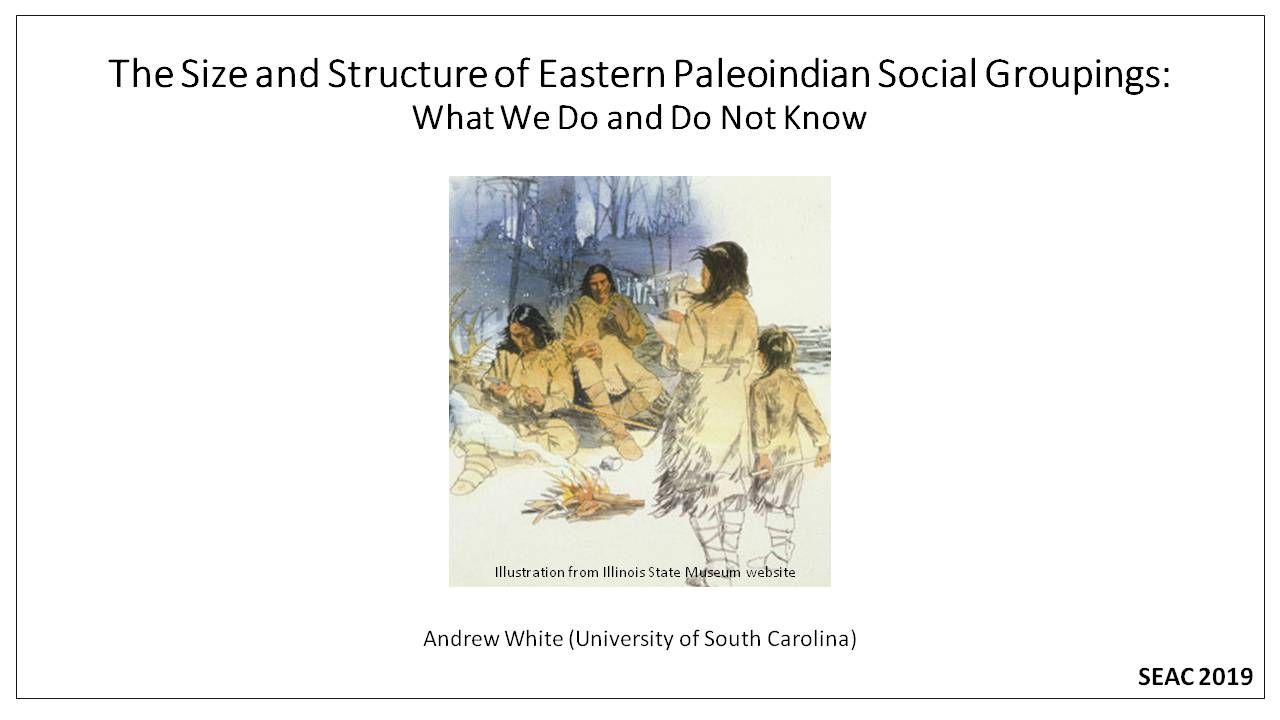

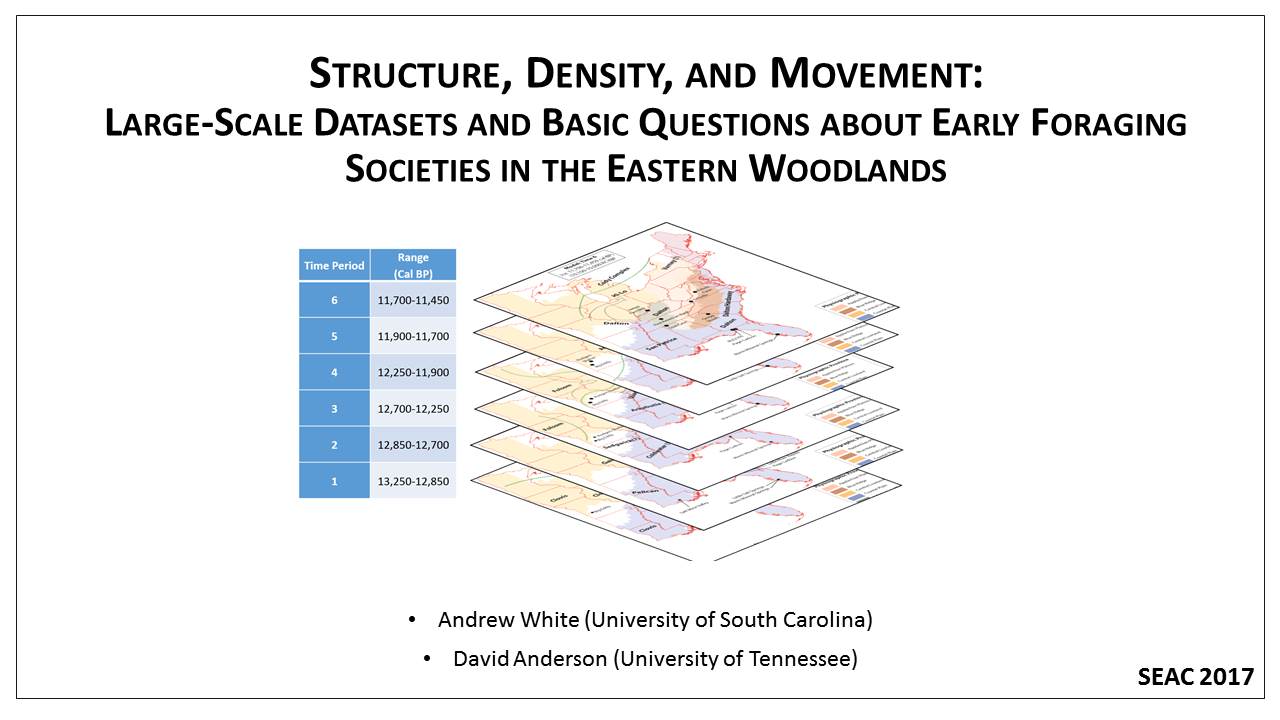
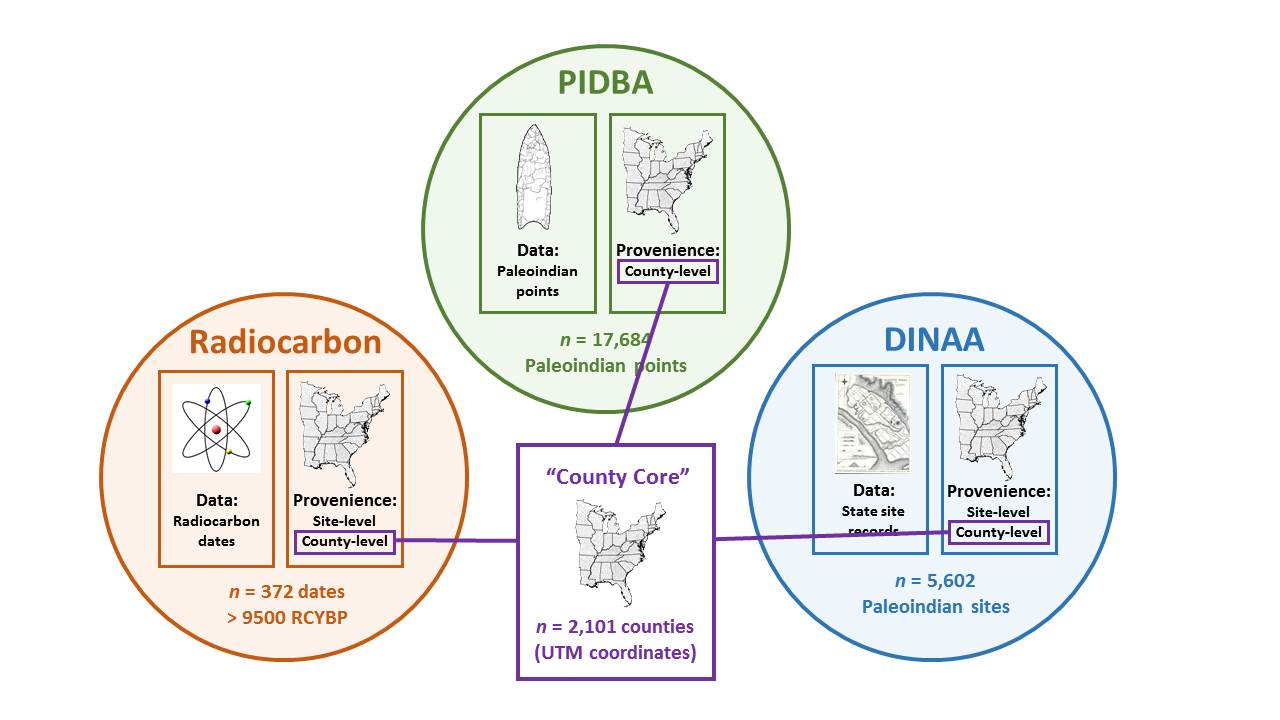

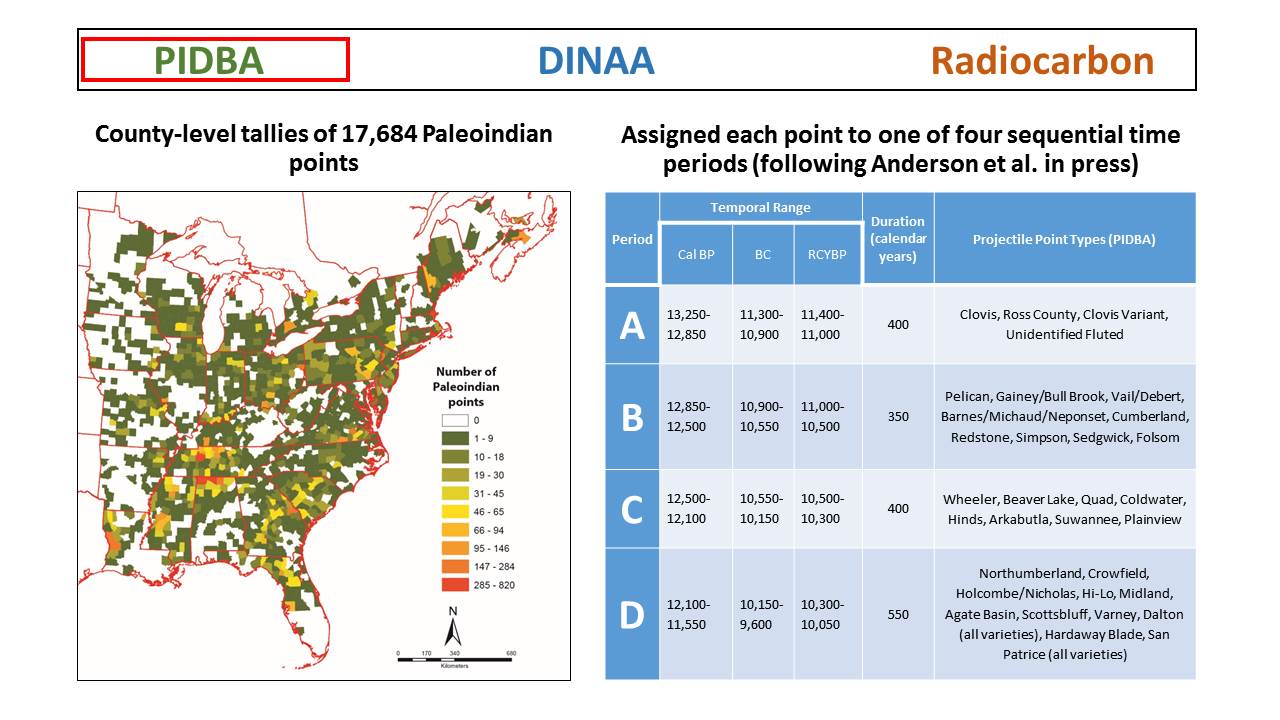
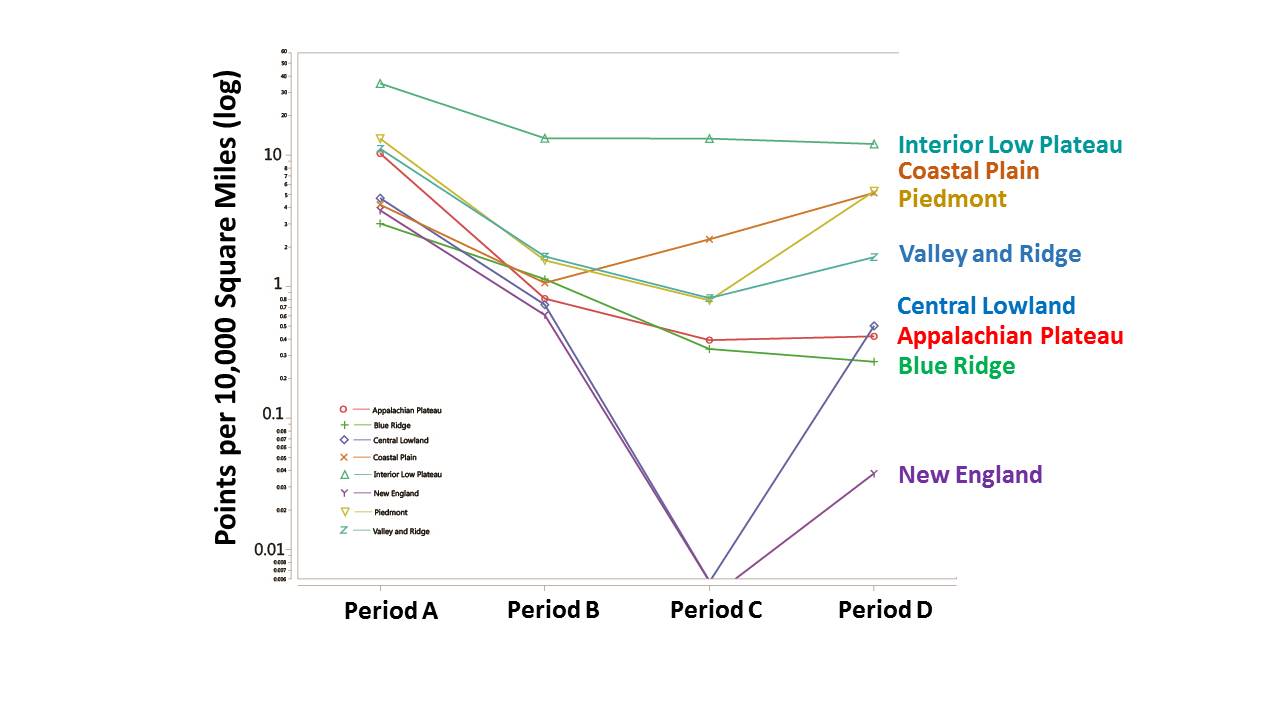
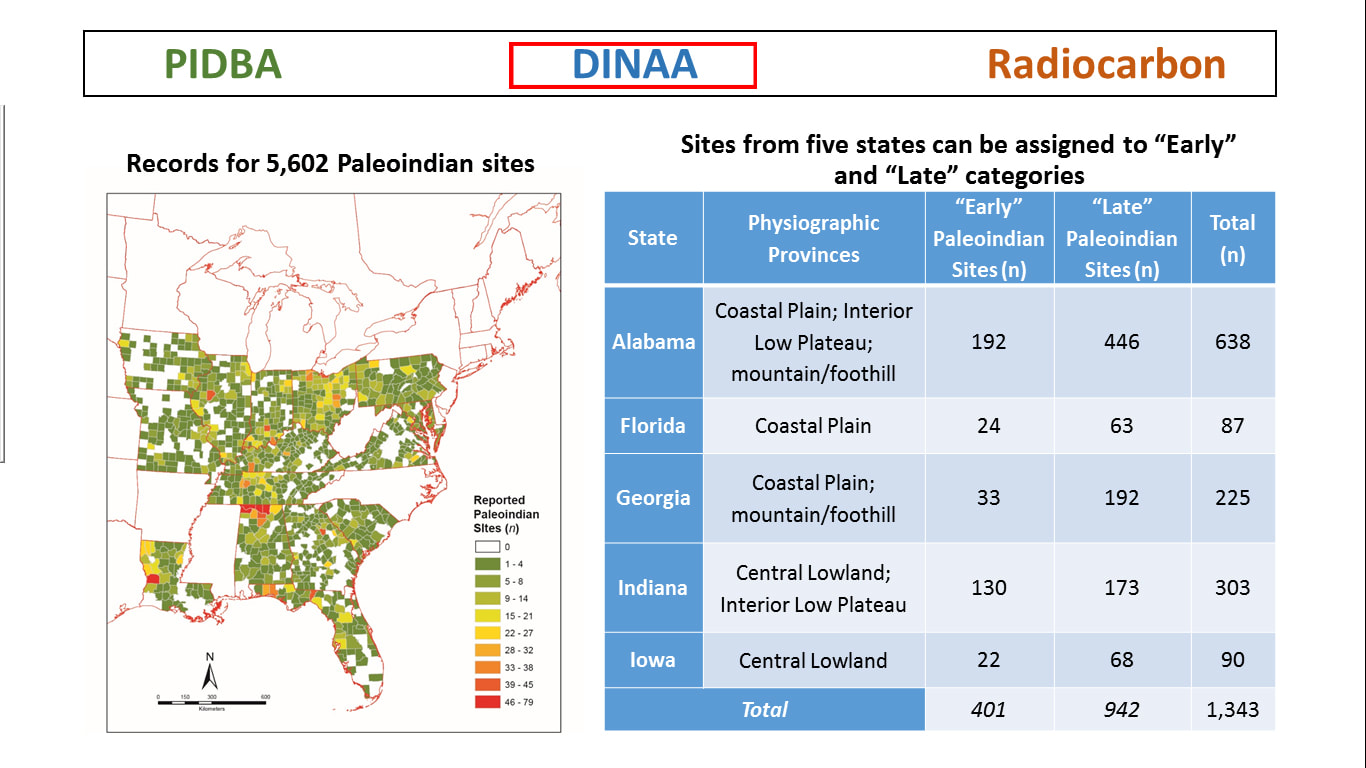
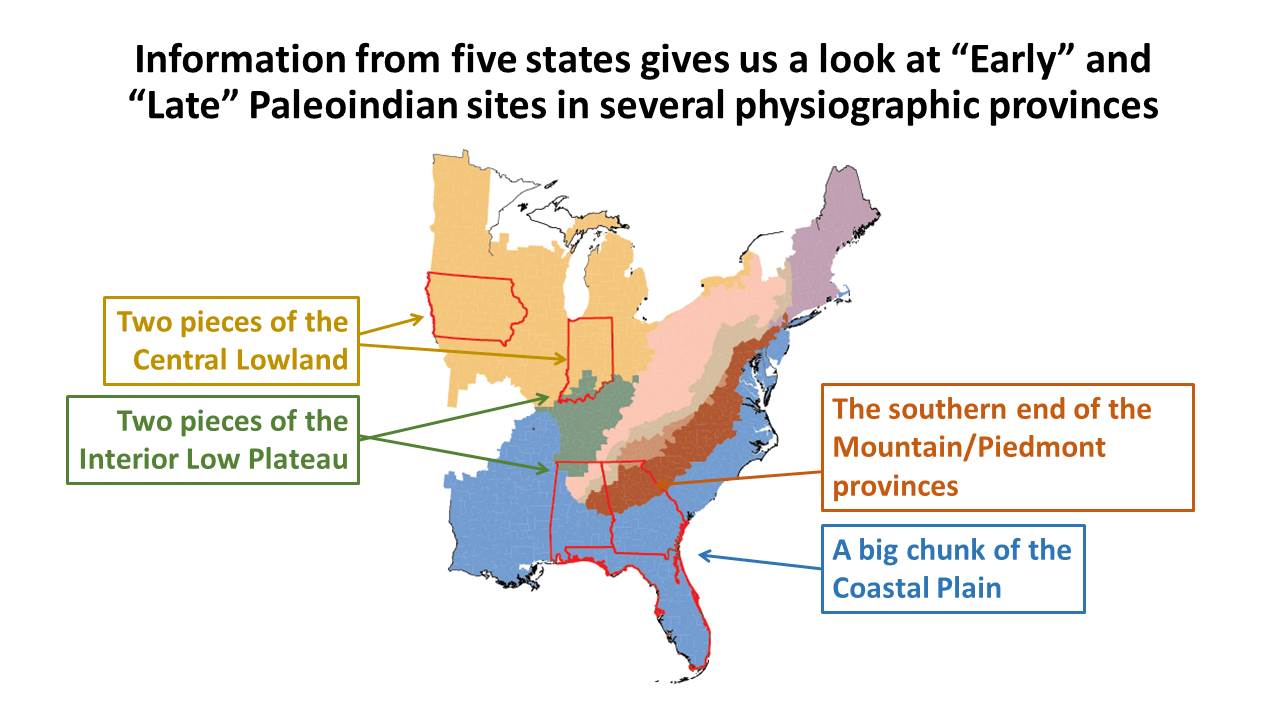
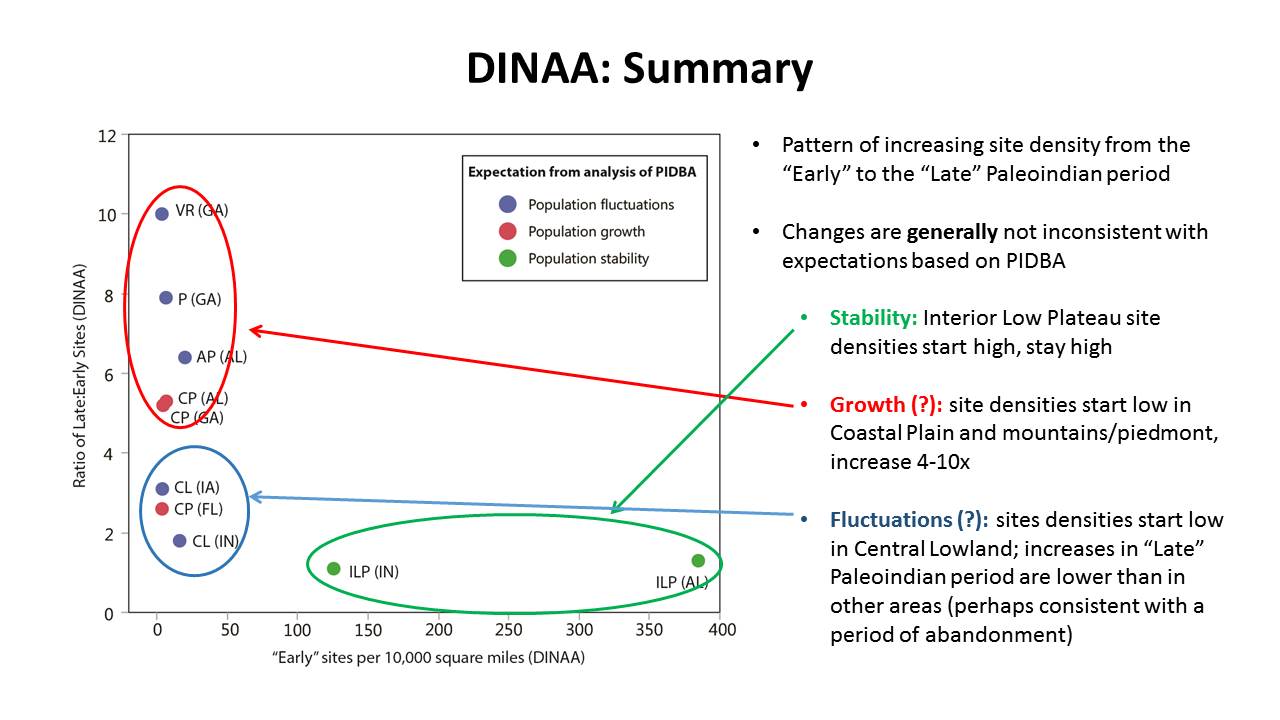
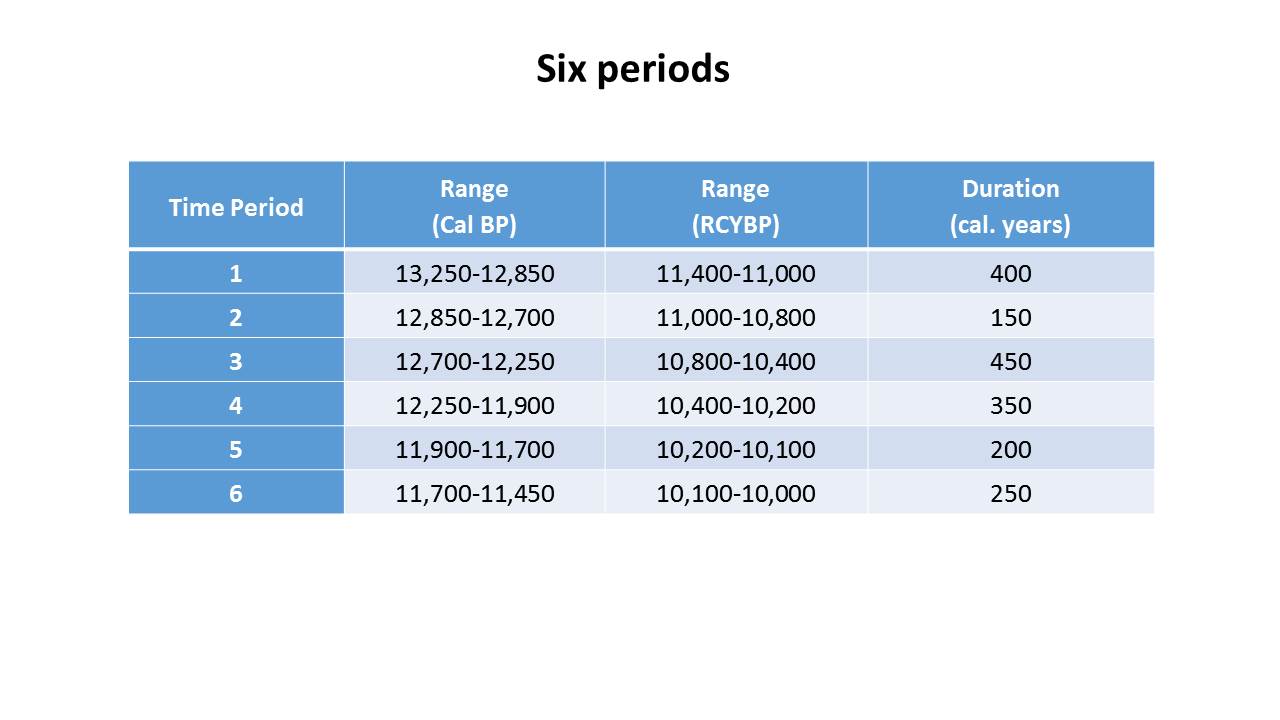
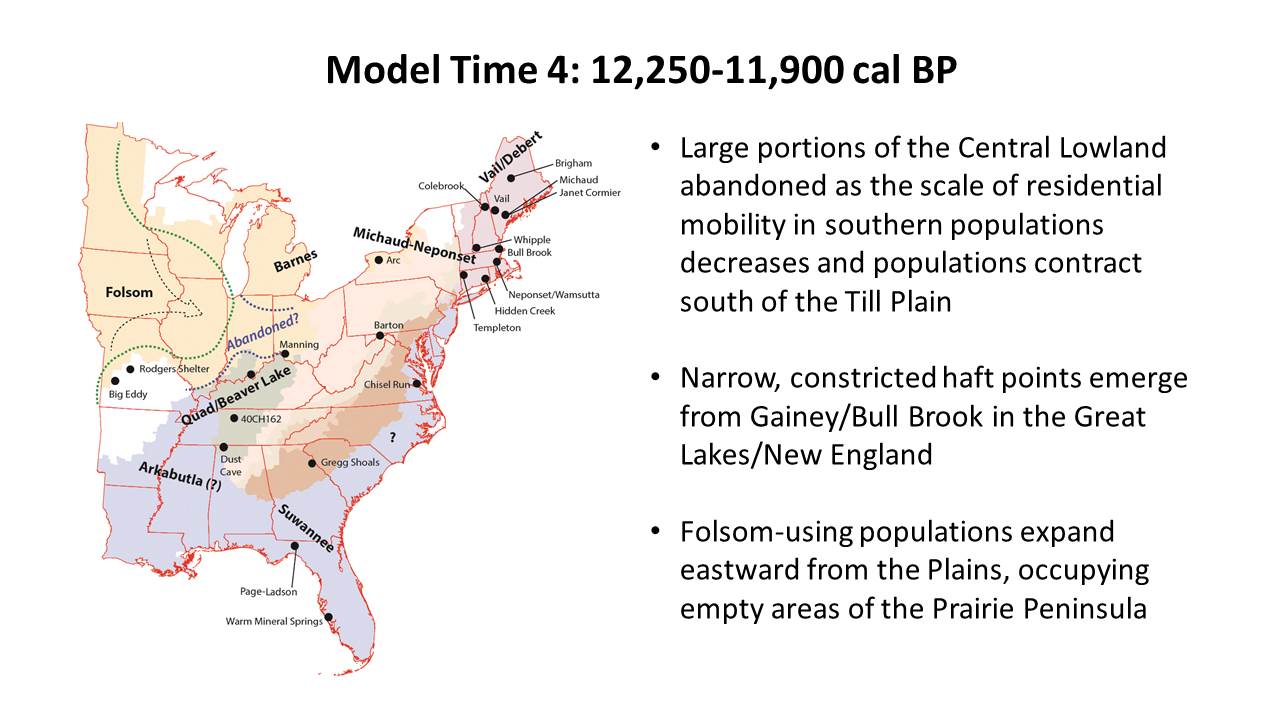
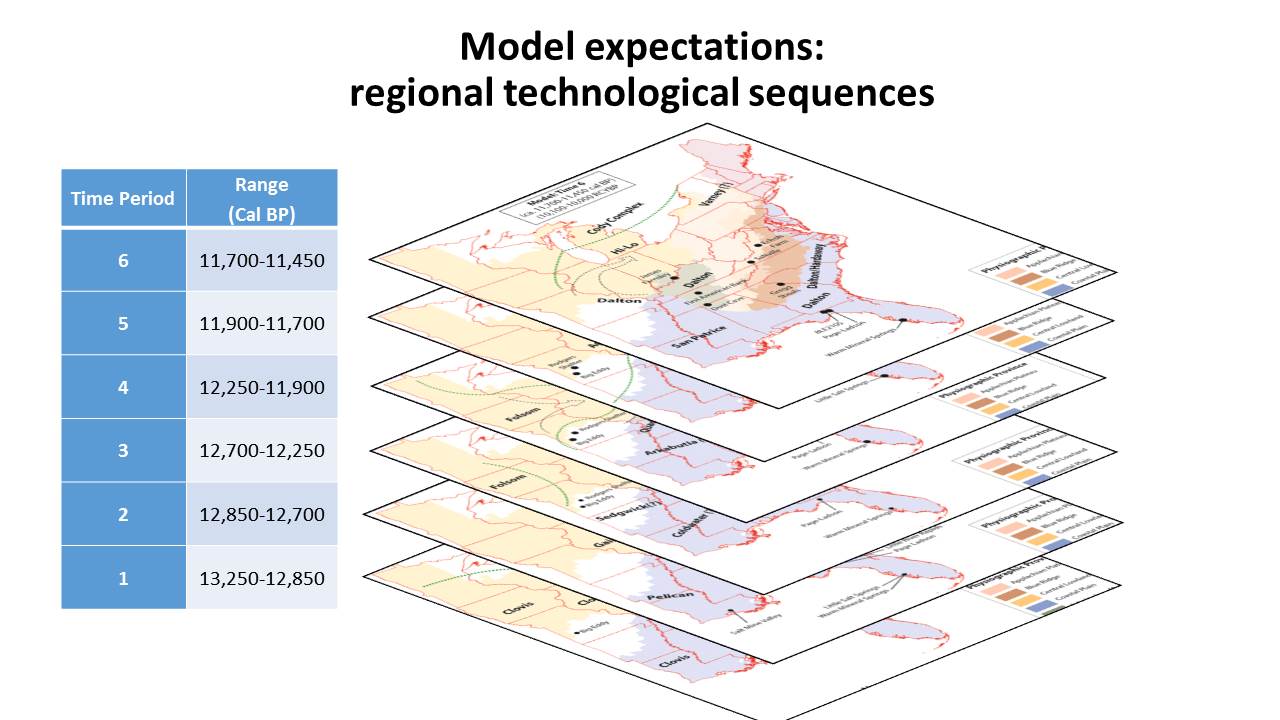
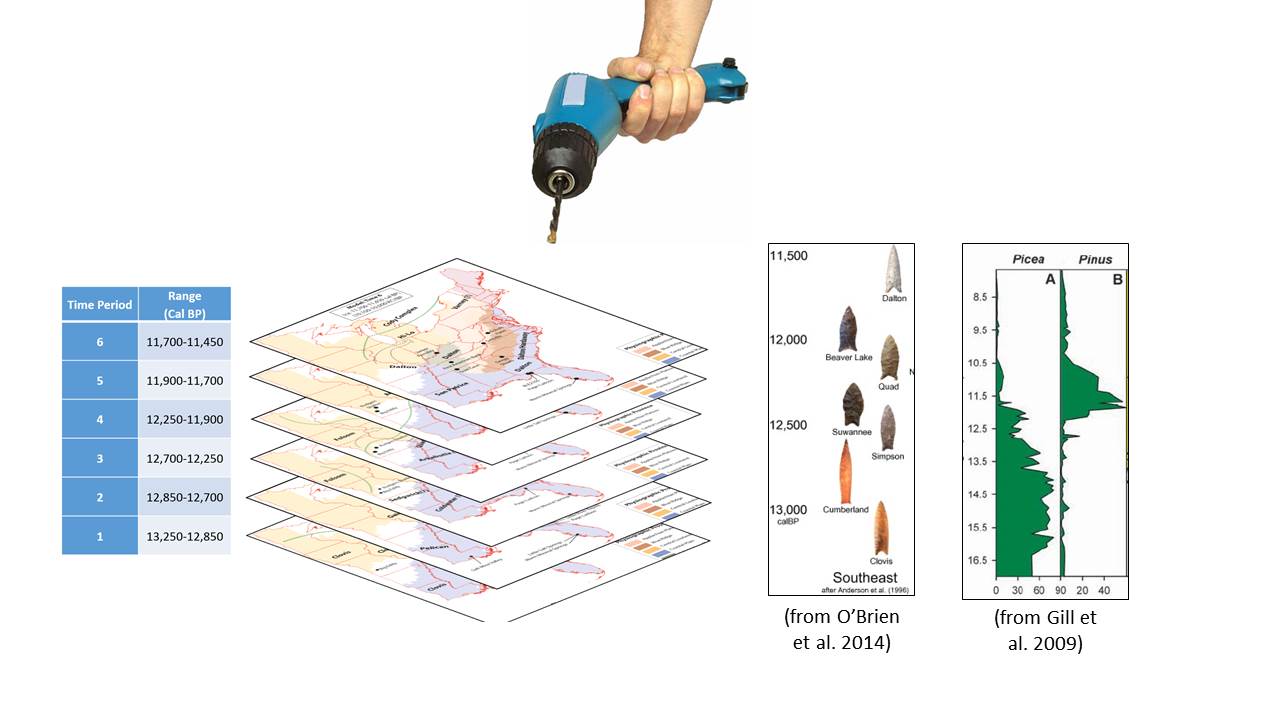
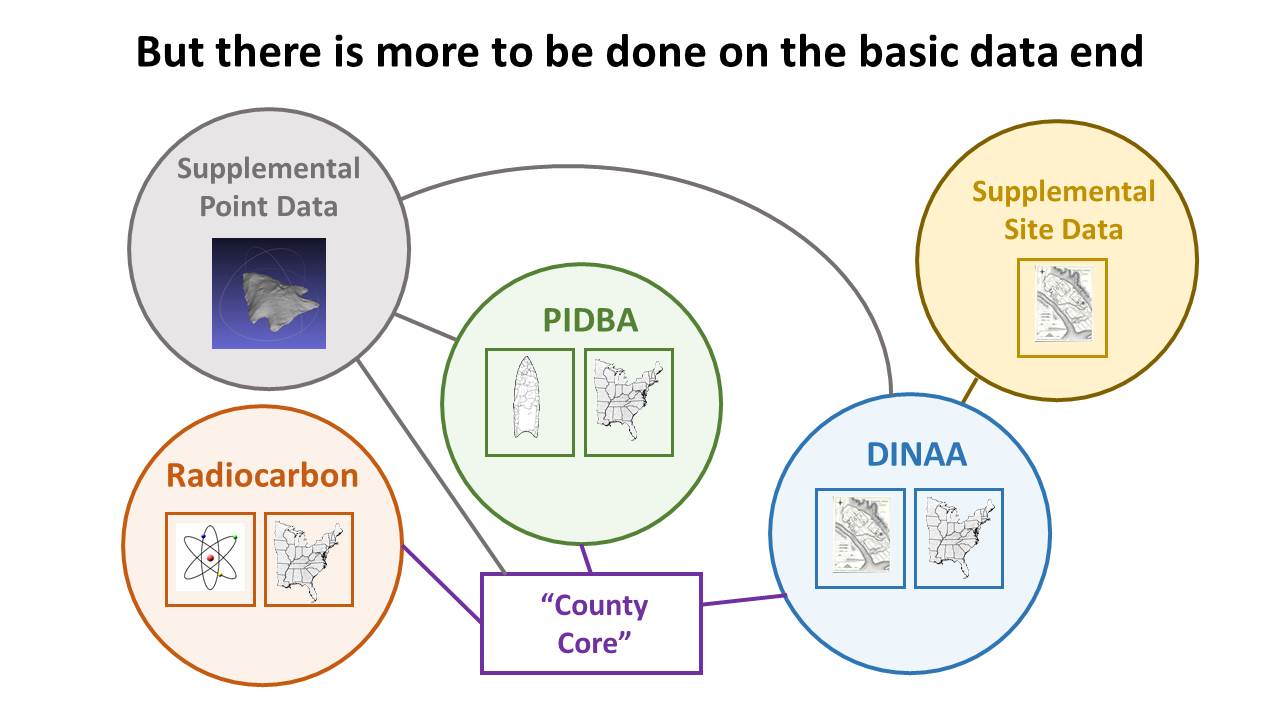
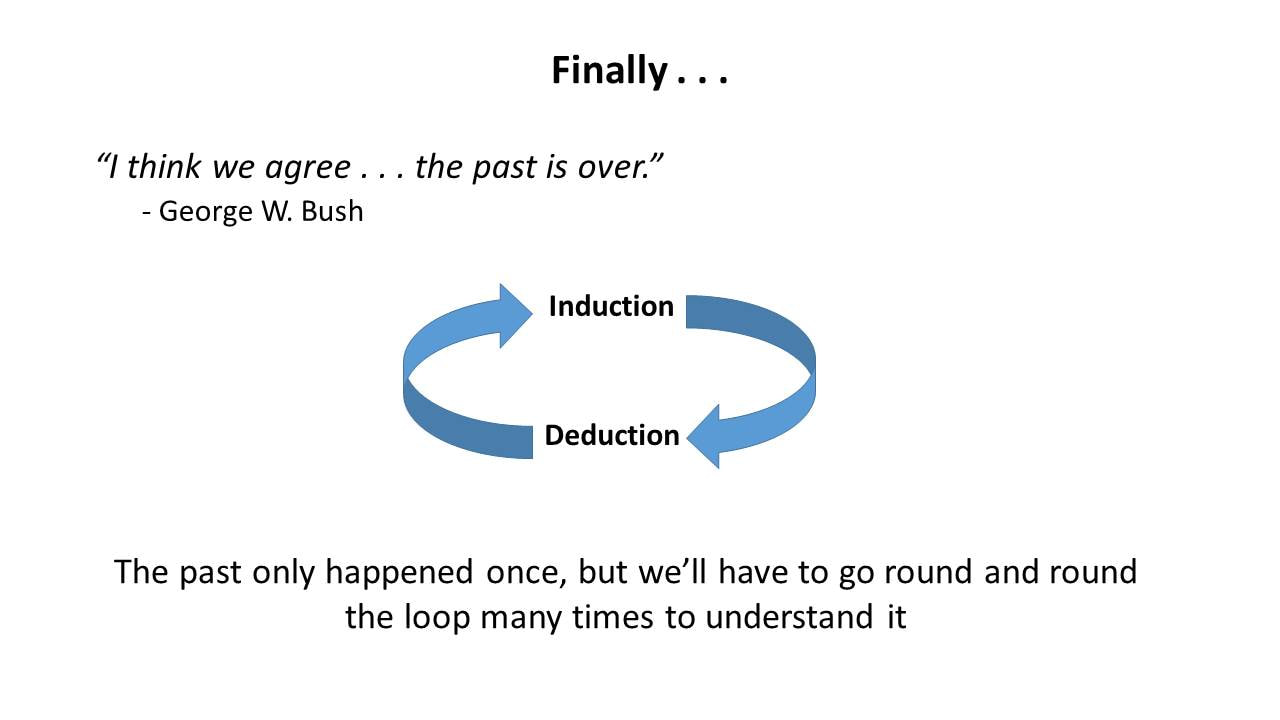
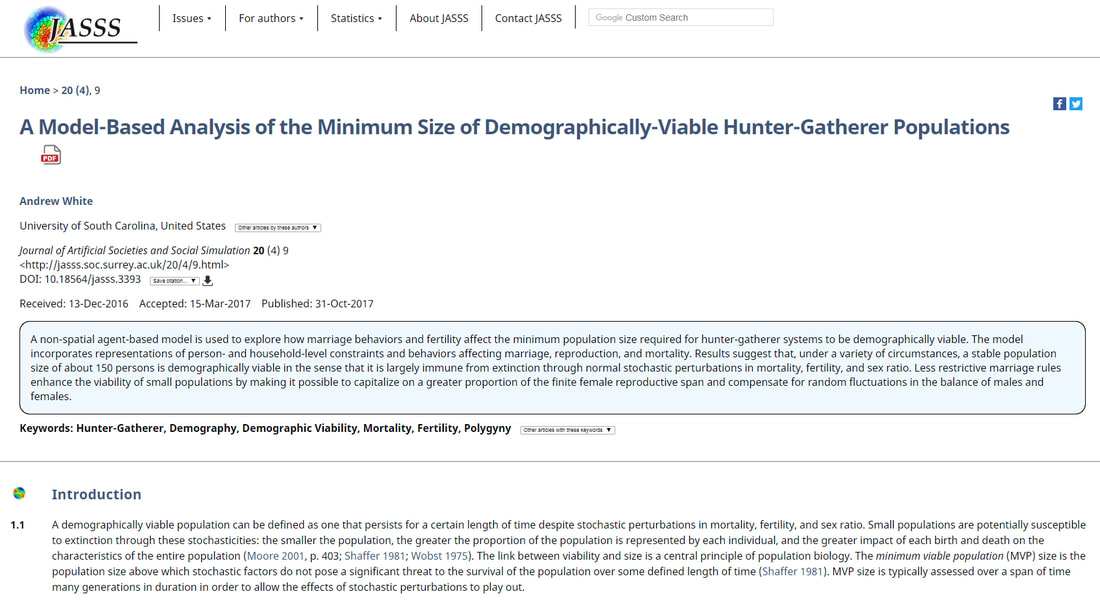
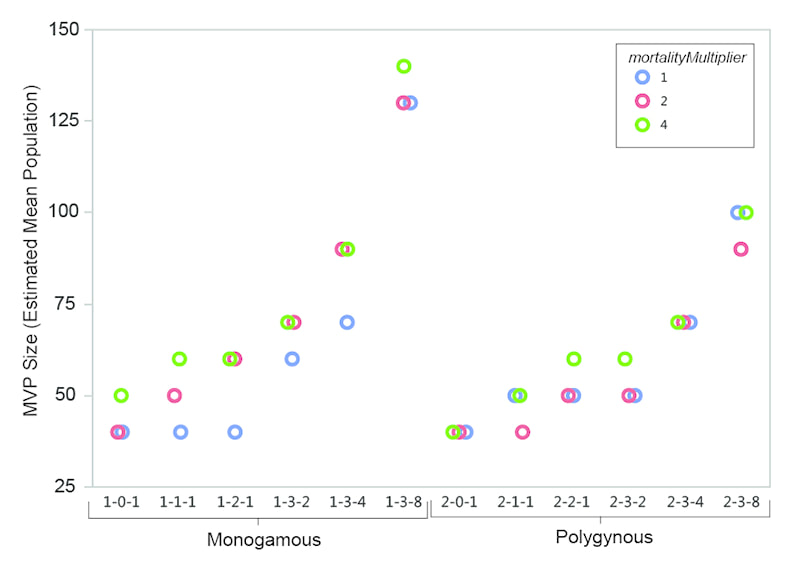
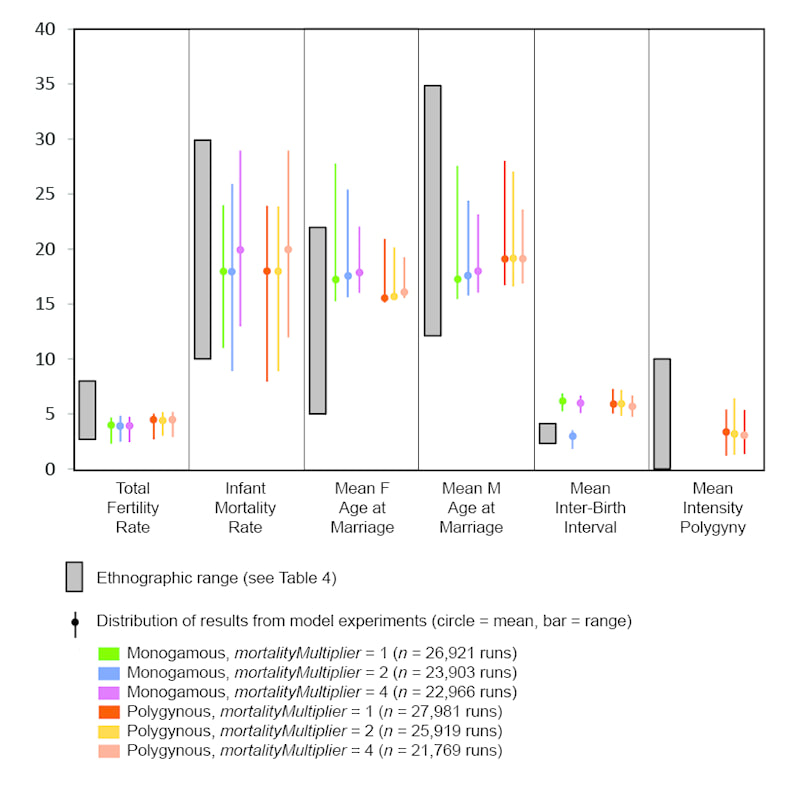
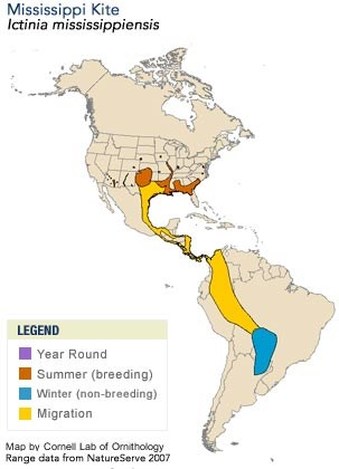
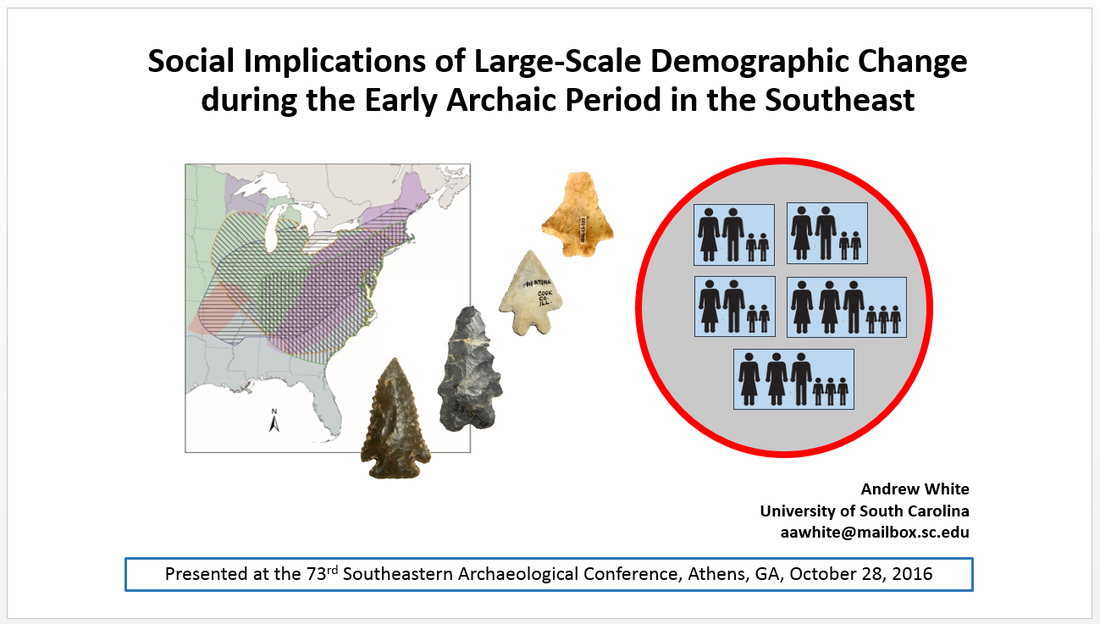

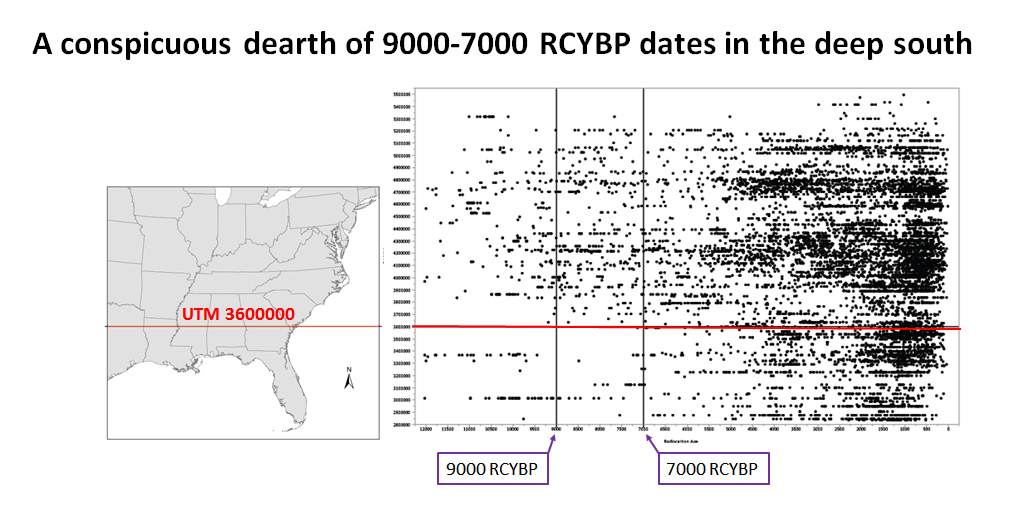
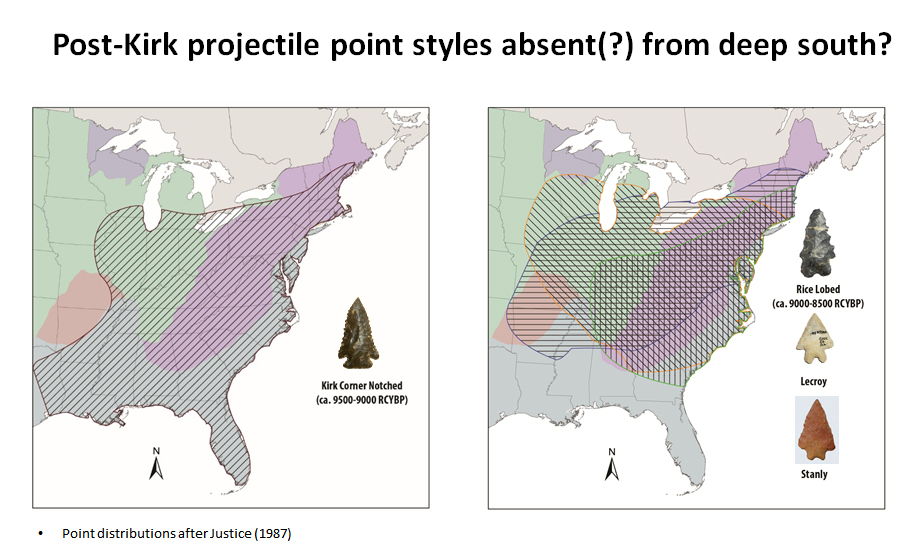
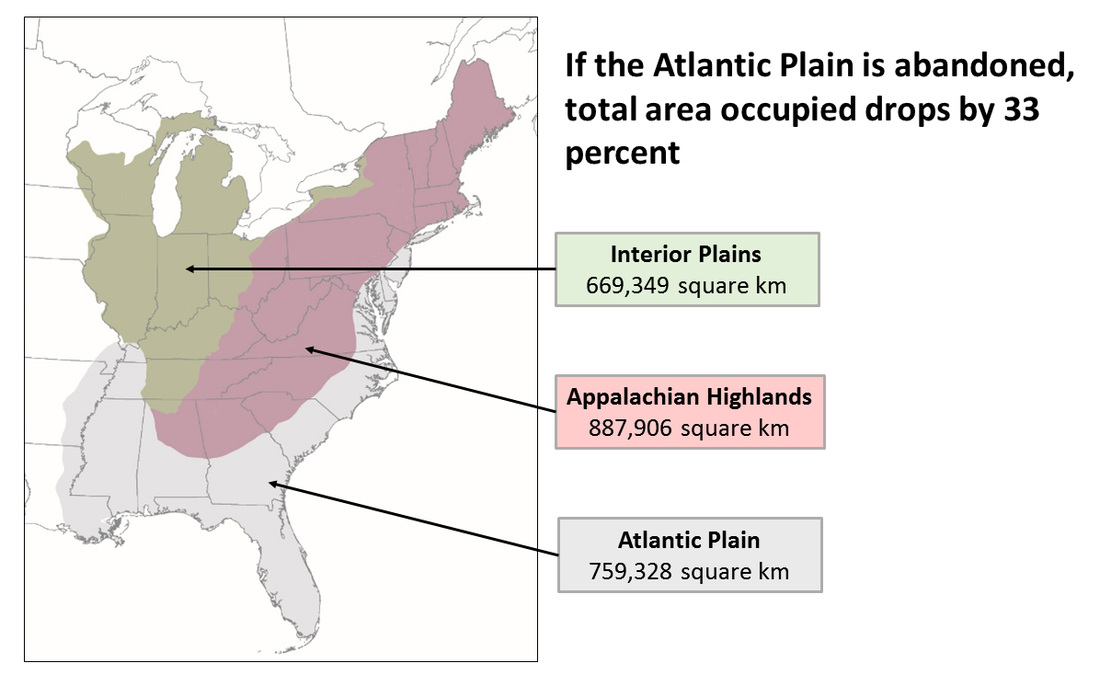
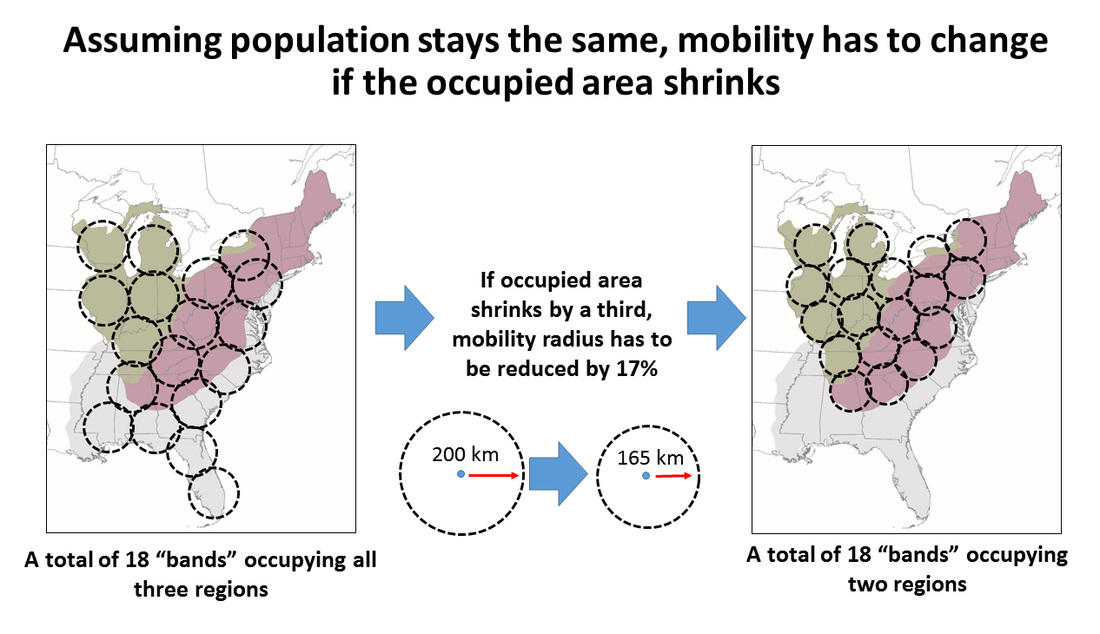
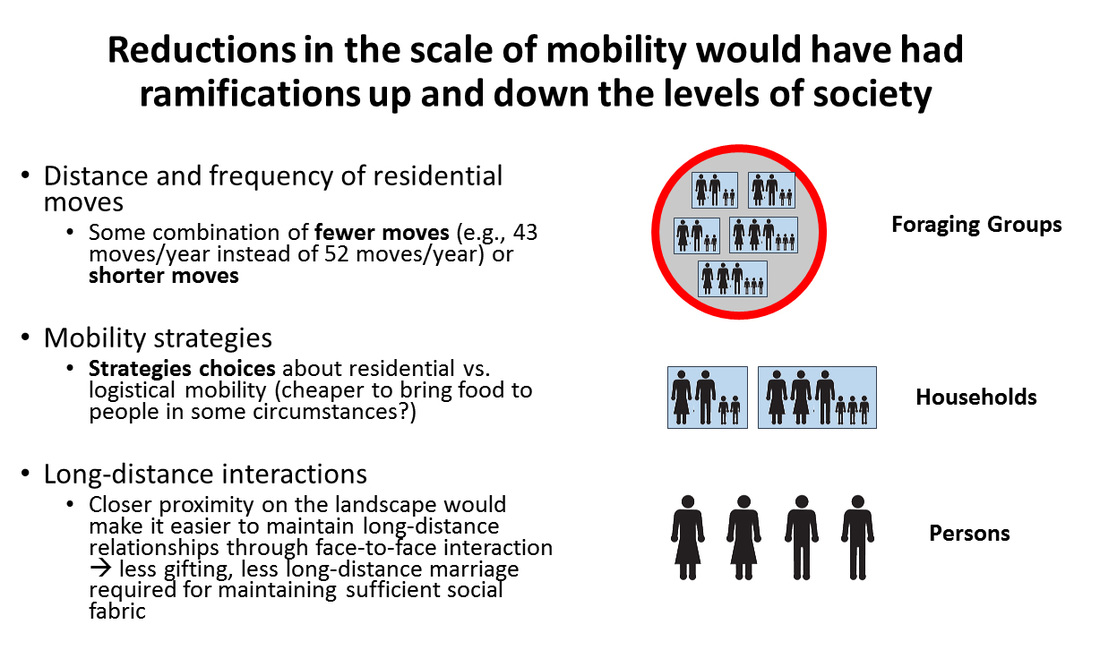
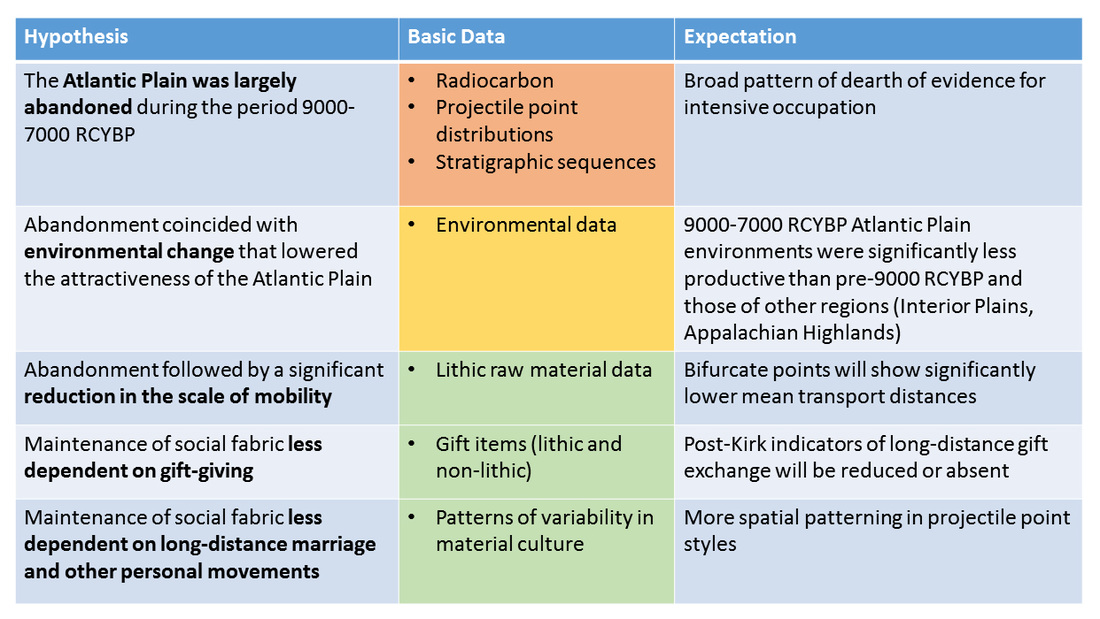
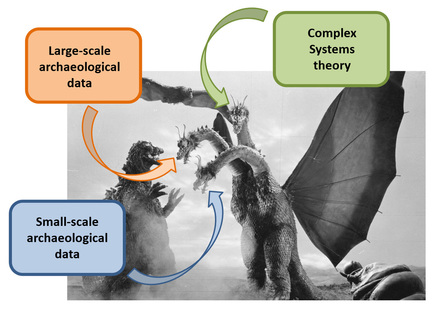

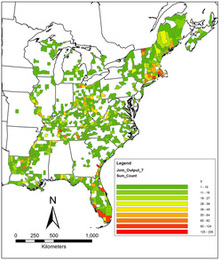
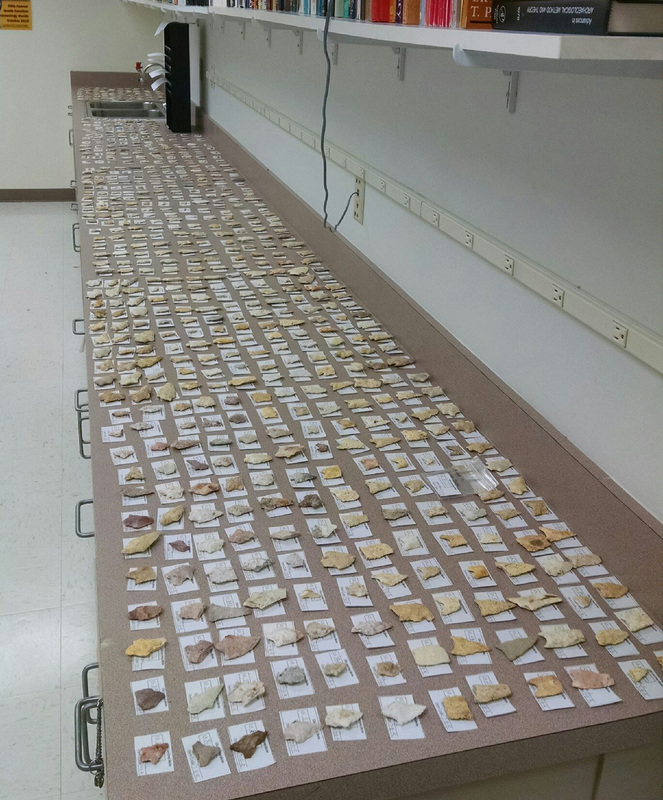

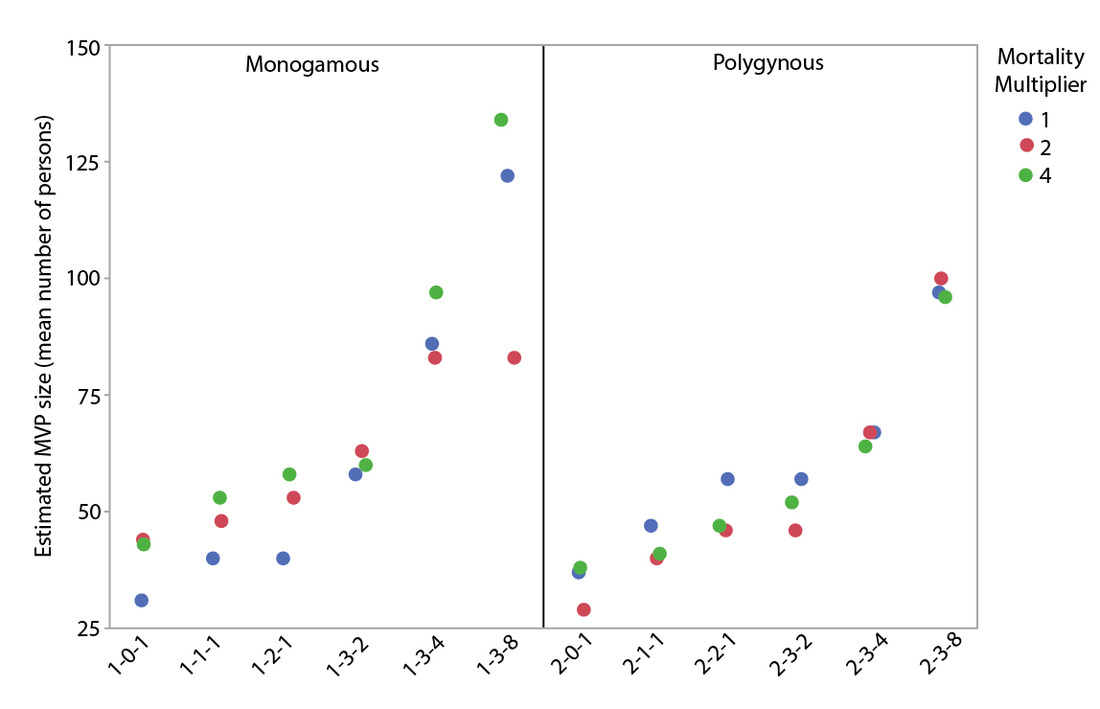
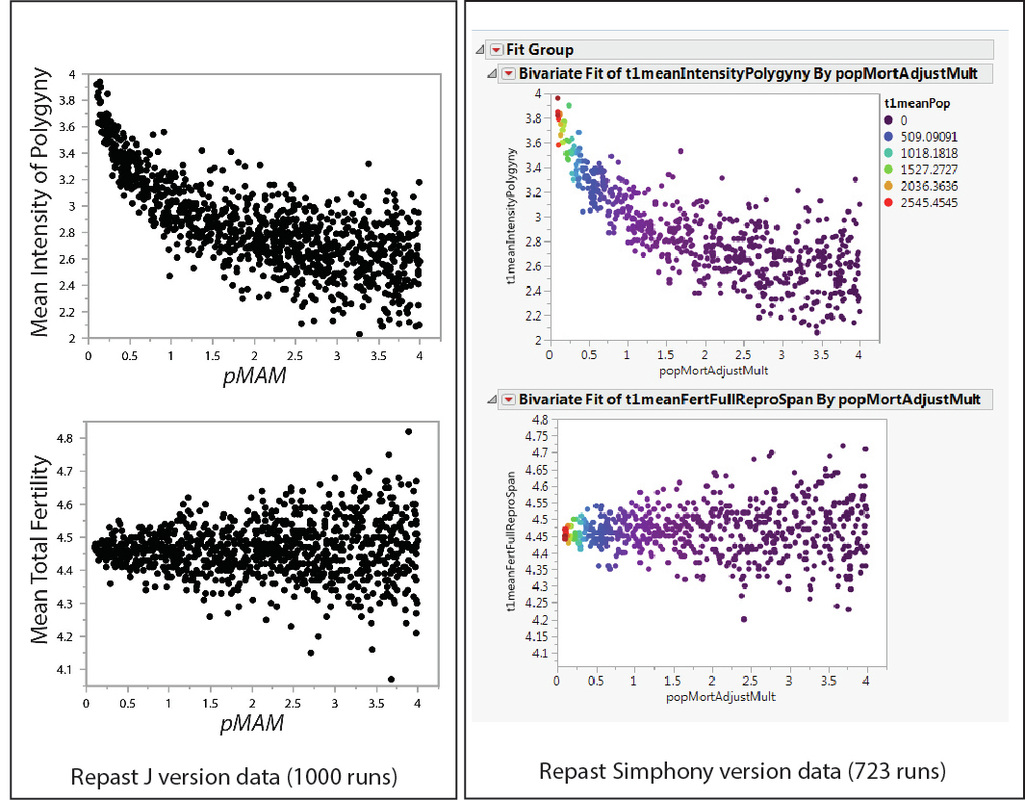


 RSS Feed
RSS Feed
